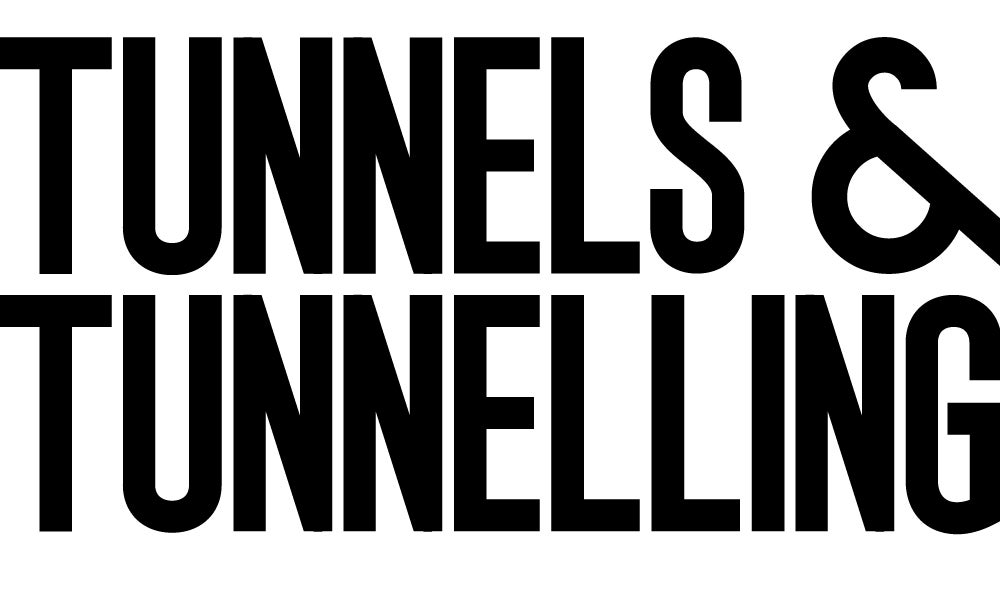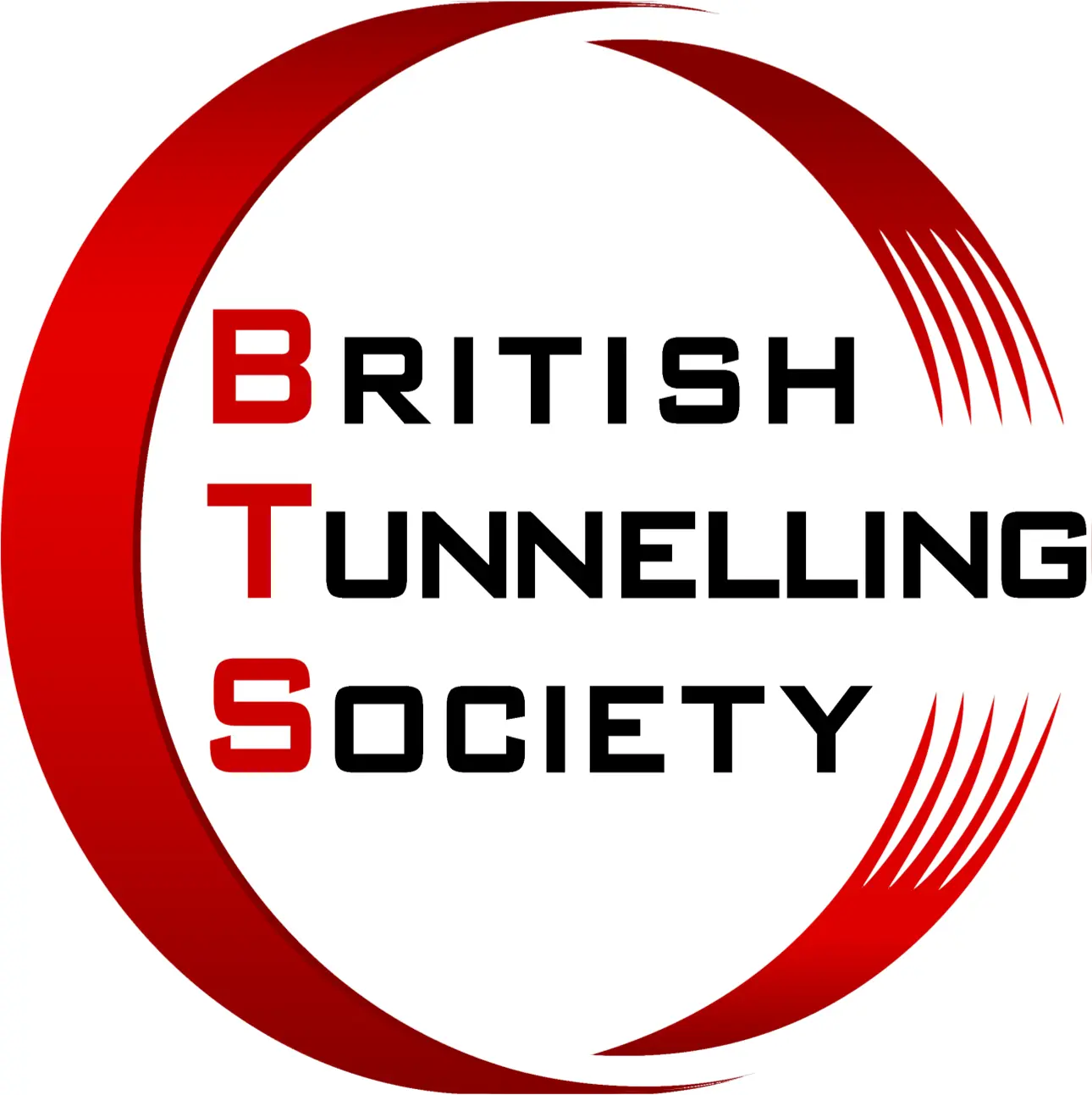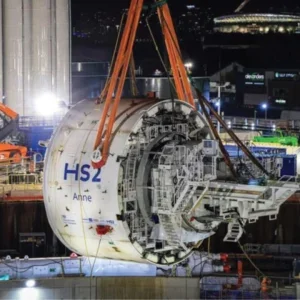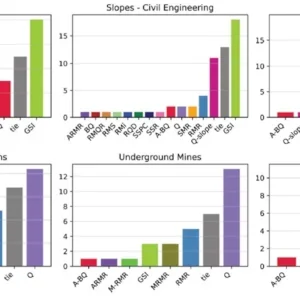We are all aware that tunnelling can be a dusty business and that dust presents a health hazard to those exposed to it. Mineral dust is made up of three components – inhalable dust which is trapped in the nose and upper airways, respirable dust which reaches the lungs and respirable crystalline silica which causes silicosis.
In January this year EU Directive 2004/37/EC on controlling exposure to carcinogens in the workplace was amended by Directive 2017/2398. The impact of this amendment on tunnelling could be considerable. The amendment provides for the inclusion of respirable crystalline silica (RCS) in the list of substances which are classified as carcinogenic to humans (Group1 substances).
A European Parliament “Briefing – EU Legislation in Progress” from January covering “Limits on exposure to carcinogens and mutagens at work” noted that 70 per cent of workers exposed to RCS were in construction and predicted that the change would result in preventing 99,000 premature silica-related deaths in construction over the next 50 years.
In tunnelling, RSC occurs from spraying concrete, breaking out of concrete lining and in rock tunnelling.
While we have known for a long time that exposure to dust was harmful and had to be controlled, the requirements for control of exposure to carcinogenic dust require additional measures. Coupled with the more severe consequences of exposure, “carcinogen” is a highly emotive word and hence the level of regulatory enforcement may well be higher.
The EU has also indicated that it is examining the current exposure limit for RSC of 0.1 mg/m3 with a view to reducing it.
Exposure to silica dust in the UK is regulated by the Control of Substances Hazardous to Health Regulations (COSHH) and will continue to be so in line with the reclassification as a carcinogen. The current hierarchical requirements of COSHH Regulation 7(3) still apply – prevention of exposure is to be preferred over control of exposure, to be preferred over working in ways which minimise exposure and with the use of PPE coming at the bottom of the hierarchy. However Regulation 7(5) sets out additional requirements for carcinogens. These are to undertake work with carcinogens within an enclosed space if reasonably practicable, to prohibit eating, drinking, smoking, etc., in areas that could be contaminated, to clean floors and walls at regular intervals as required, to designate and delineate contaminated areas and to dispose of carcinogenic waste safely.
Current practice in tunnelling should be examined in light of these additional statutory requirements. Prevention of exposure can only be achieved by changes in tunnelling method or by automation. Control of exposure can be achieved by reduced emissions of RCS along with ventilation to control movement of RCS in the tunnel. As part of the control of exposure in SCL tunnelling, industry may have to consider researching the effects of aggregate composition and grading on dust emissions, the design of nozzles and to examine spraying techniques. In rock tunnelling, better dust suppression and or capture at source will be required.
With ventilation, extraction ventilation should be considered the preferred option. Dedusting as part of the extraction system may be required depending on the amount of airborne dust and the airflows required. Because of the much smaller zone of influence around the duct orifice with extraction systems compared with forced systems (~a 1:10 ratio), much greater effort has to be put into the design, installation and maintenance of extraction systems to maintain effective control of dust movement.
The additional requirements of Regulation 7(5) were patently not drafted with tunnelling in mind however the principles they represent do have to be taken into consideration so far as is reasonably practicable. The requirement for physical enclosures is not applicable however containment of the contaminated air by ventilation is reasonably practicable. Cleaning of walls and floors is not achievable however the use of extraction ventilation to prevent the spread of dust which would result from forced ventilation, and thus limit secondary exposure is again achievable. The prohibition on eating and drinking along with delineation of the hazardous area probably based on current exclusion/restricted zone boundaries is readily achievable. The disposal of waste could be challenging given the current restrictions on disposal of asbestos and carcinogenic waste.
It is normal practice in tunnelling to control exposure to below workplace exposure limits for gaseous atmospheric contaminants such as oxides of carbon and oxides of nitrogen by (forced) ventilation without the need for respiratory protective equipment to be provided. A similar principle should be adopted for exposure to dust and RCS in particular. This means that for SCL tunnelling, It is probably reasonably practicable to control exposure by ventilation so that only the nozzleman requires RPE. In rock tunnelling it is probably reasonably practicable to provide sufficient ventilation to avoid the need for RPE totally.
Cabs on machines are not just for weather protection but can be designed to protect operators against dust and other atmospheric contaminants, noise, vibration, heat and impact. Where the source of RCS is the operation of an excavator, roadheader or other machine the operator of that machine should be protected by a cab with a filtered air supply. This is a reasonable interpretation of machinery safety legislation and normal practice in countries such as Australia where tunnelling in sandstone is common.
The reclassification of RCS as a carcinogen and the increased potential for compensation claims may prompt the insurers to take a closer look at how contractors manage the risk from dust in tunnelling.
Dust levels in factory processes can often be fairly constant over the working shift, however in tunnelling there are frequently large variations in emission levels during the working shift depending on which part of the tunnelling cycle is being undertaken. Real time monitoring of airborne dust using portable instruments is now a practical option for contractors and real time monitoring of RCS is close to being achieved. The historical practice of sampling over an eight-hour shift and then waiting a number of days for long term average results from an off-site laboratory is no longer a satisfactory control strategy for tunnelling. Short term monitoring over a 15-minute period and monitoring of instantaneous peak levels, taking advantage of recently developed technology, is the way forward if dust control is to be given the same priority as monitoring and control of other atmospheric contaminants. RPE if required should be selected on the basis of short term or peak levels and not long term eight-hour average levels.
The tunnelling industry is well aware of the health hazards of dust including RCS, and with the increasing use of dusty processes such as sprayed concrete lining, should be working to minimise the risk to tunnellers’ health.






